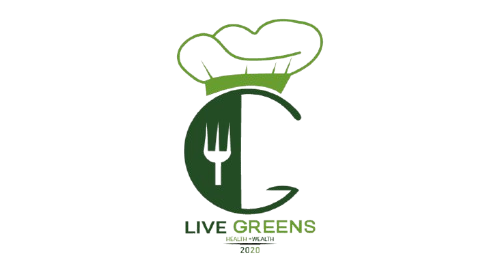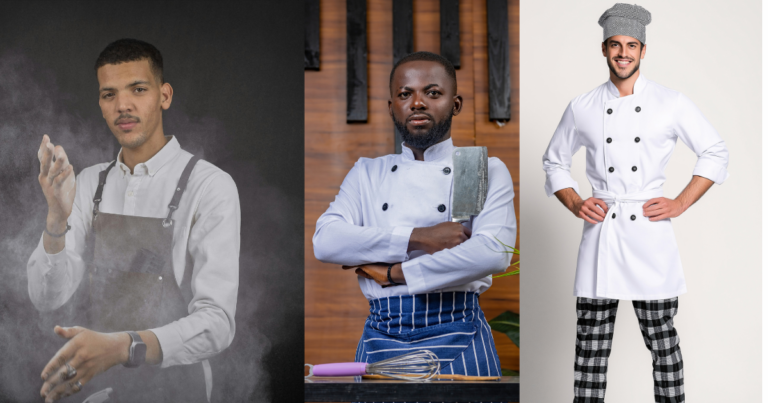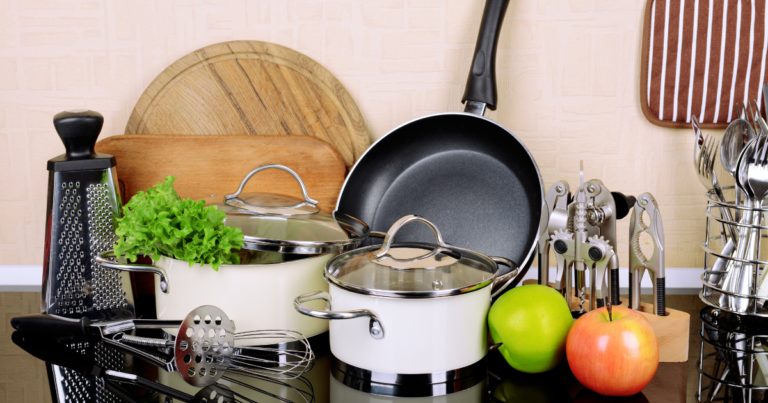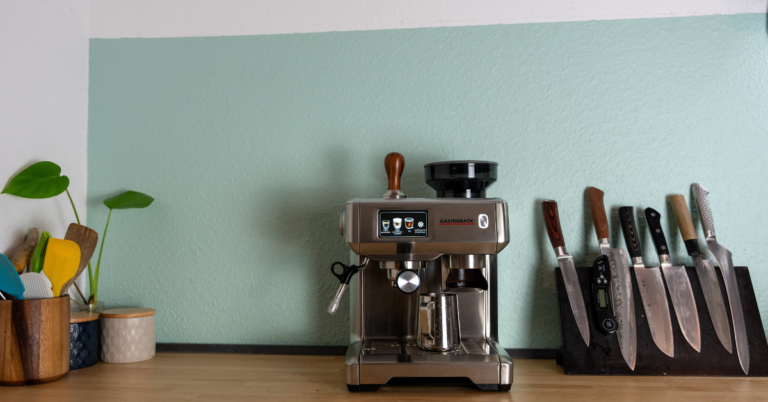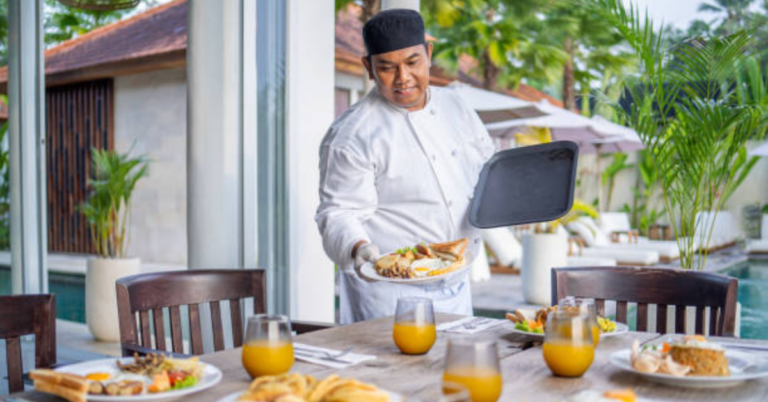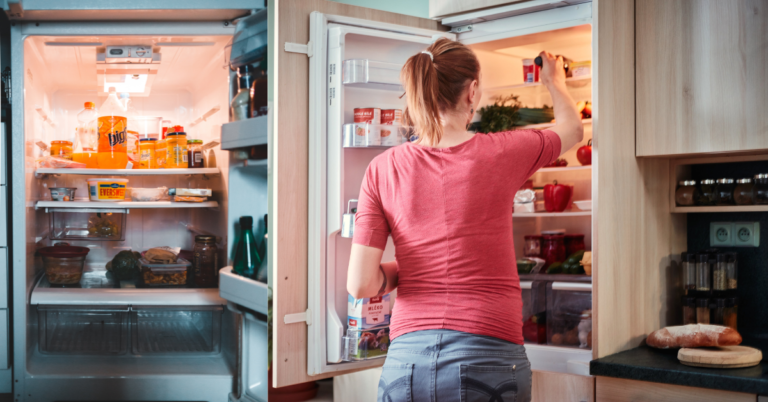Are Expensive Knives Worth It? & Do You Need One?
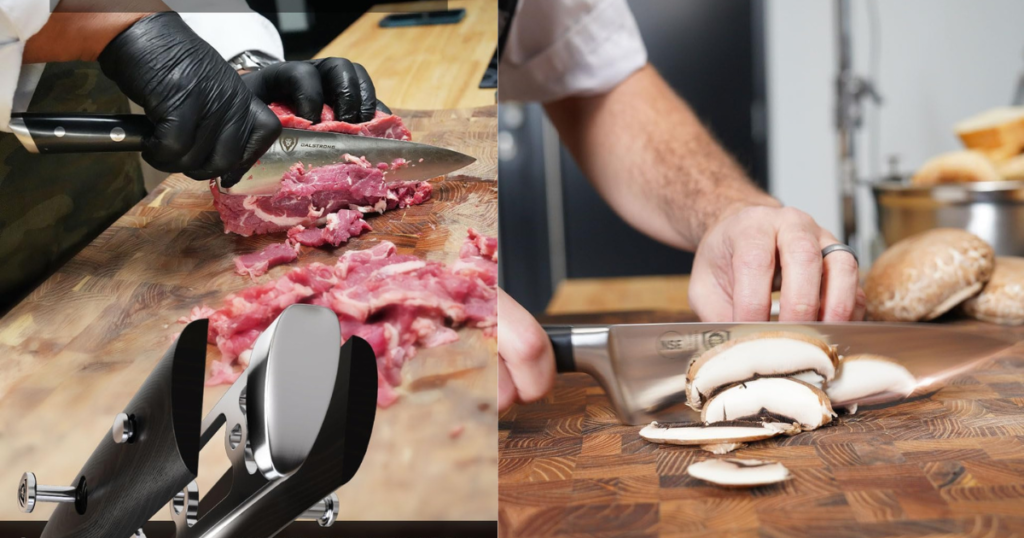
Most home cooks think a $20 knife does the same job as a $200 one…until they use a premium chef knife for the first time. The difference is hard to ignore. So, are expensive knives worth it, or are they just overhyped kitchen accessories?
In this post, we’ll look at what chefs actually say, compare cheap vs expensive knives, and explore which high-end knife brands deliver real value.
Cheap vs Expensive Knives: What’s the Real Difference?
All knives can cut, but not all can perform or last the same way. The real test of a knife is how it holds that edge, how it feels in your hand, and how it performs after months of use. Here’s what really separates cheap knives from premium chef knives.
Steel Quality Matters Most
The biggest difference starts with the steel. High-end knife brands use high-carbon or layered steel that holds a sharper edge for longer and resists corrosion. Cheap knives often use softer, low-grade steel that dulls quickly and bends under stress. Brands like Dalstrong and Miyabi exemplify the superior craftsmanship and metallurgy that give premium blades their lasting performance.
Edge Retention Defines Value
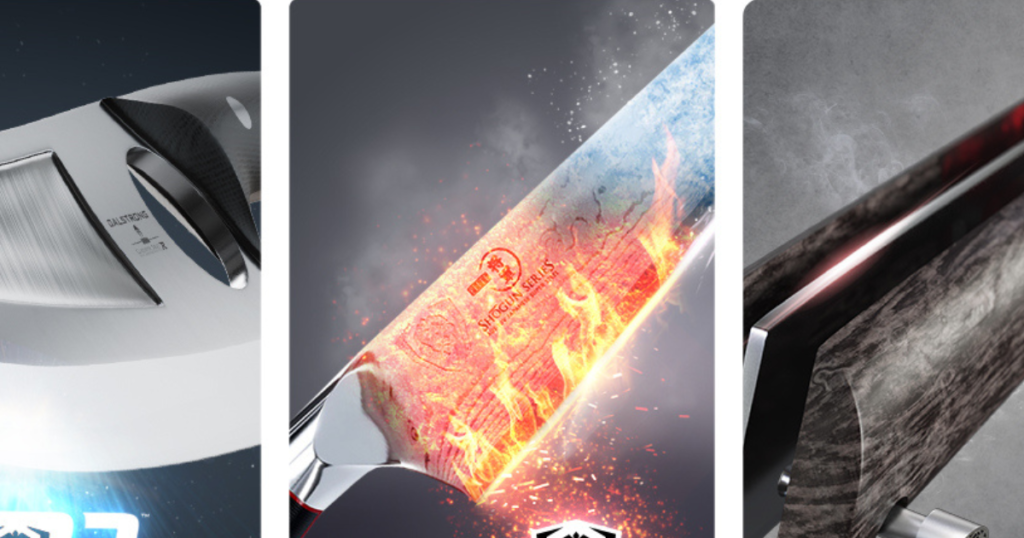
Expensive knives stay sharp for an extended period. The refined steel and precise heat treatment enable them to maintain a fine edge even through extended use.
In contrast, cheaper knives require more frequent honing or sharpening, which wears the blade out faster and reduces their overall lifespan.
Balance and Weight Improve Control
Premium knives are engineered for comfort. Their balance point sits naturally between the blade and handle, reducing wrist fatigue and improving precision during long prep sessions. Cheaper knives often feel uneven or front-heavy, which makes cutting less efficient and more tiring.
Durability Over Time
While budget knives can chip, warp, or rust easily, high-quality knives are designed to endure years of daily use with proper care.
Superior materials, full-tang construction, and precise forging methods give expensive knives a longer, more reliable lifespan, making them a smarter investment for serious cooks.
Are Expensive Knives Sharper? Here’s the Truth
Yes. Expensive knives are sharper, but sharpness isn’t the only reason they stand out. The real advantage lies in how long that sharpness lasts and how evenly the knife performs with every slice. It’s about precision, not just the edge itself.
Factory vs. Hand-Finished Edges: Why It Matters
Cheaper knives are usually machine-ground in bulk, resulting in uneven edges that dull quickly.
In contrast, high-end knife brands such as Miyabi and Wüsthof often employ precision honing or even hand-sharpening methods. This attention to detail creates a finer, more consistent edge that glides through food rather than tearing it.
Edge Angle: Precision You Can Feel
Japanese blades typically feature a sharper edge angle…around 15° on each side… while cheaper Western-style knives are closer to 20°–22°.
- A smaller angle means cleaner cuts with less force.
- It also allows for greater control, especially during delicate slicing.
- However, the finer edge requires slightly more care to maintain its sharpness.
Consistency Across Every Cut
Premium knives maintain a uniform sharpness from heel to tip, ensuring consistent cutting performance across all ingredients, from soft tomatoes to dense root vegetables.
That consistency, more than raw sharpness alone, is what truly defines a quality blade.
Performance Of Cheap vs Expensive Knives in the Kitchen
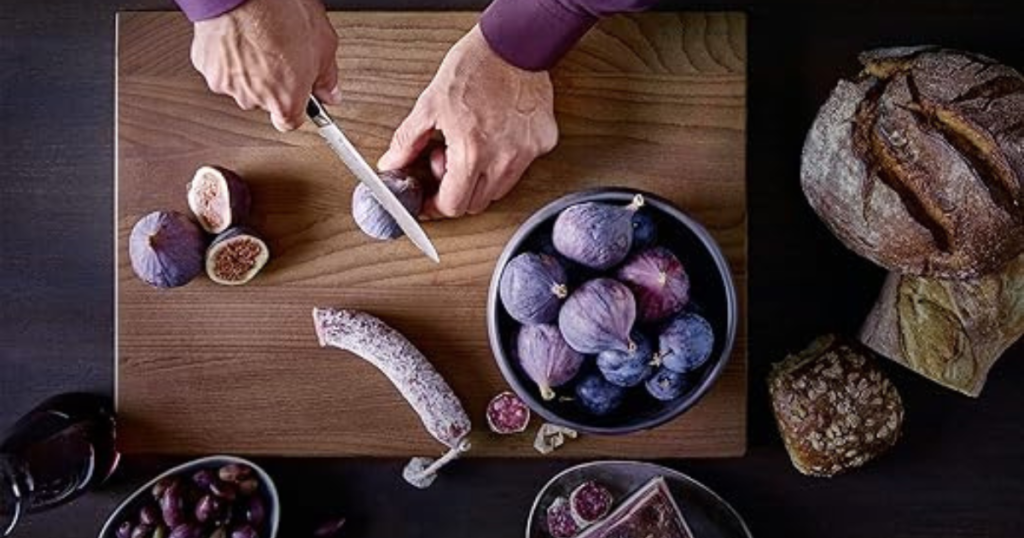
Over time, the gap between cheap and expensive knives becomes evident in the way they cut, hold an edge, and handle daily kitchen demands.
Cutting Efficiency: Precision vs. Effort
Premium knives glide through food with minimal pressure, keeping delicate ingredients like herbs or tomatoes intact. Cheaper blades, on the other hand, tend to crush or tear as they dull, making clean cuts harder and prep work slower.
Maintenance: Frequency and Effort
Lower-cost knives tend to lose their sharpness quickly, requiring frequent sharpening or replacement. High-end blades are forged from stronger steel, meaning they maintain their edge longer and require less frequent honing —a significant time-saver for busy cooks.
Safety: Sharpness Equals Control
A dull knife requires more pressure, increasing the risk of slips and injuries. Professionals value sharp knives because they provide better control and predictability, especially during fast-paced prep.
Overall Experience: Comfort and Consistency
Cooking feels smoother and more enjoyable with a well-made blade. Knives from Wüsthof, for example, combine lasting sharpness with ergonomic design, reducing wrist fatigue and maintaining consistent performance meal after meal.
Dalstrong vs Wüsthof: Which Brand Is Better for You?
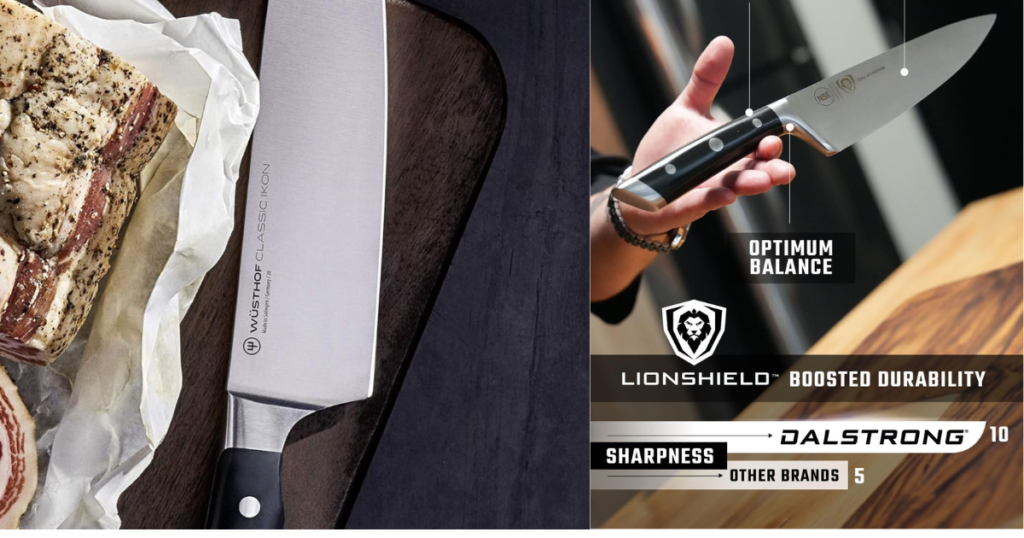
Both Dalstrong and Wüsthof dominate the world of premium chef knives…but they serve different kinds of chefs. One blends innovation with modern design; the other stands on centuries of German craftsmanship. Let’s break down what makes each brand distinct.
Dalstrong: Modern Innovation with Premium Steel Performance
Dalstrong is a relatively new brand, but it has built a loyal following quickly — and for good reason. It combines bold design, advanced materials, and real cutting power.
Why chefs love Dalstrong:
- Cutting-edge materials: Uses Japanese AUS-10V and German ThyssenKrupp steel, known for hardness, corrosion resistance, and edge precision.
- Razor-sharp edges: Hand-finished at a 12–15° edge angle for laser-like sharpness.
- Balanced yet lightweight feel: Ideal for long prep sessions without wrist fatigue.
- Distinct design: From the Gladiator Series’ rugged build to the sleek Shogun Series, Dalstrong knives feel as good as they look.
Best For: Home cooks or semi-professionals ready to step into high-end performance without paying top-tier traditional prices.
Wüsthof: Centuries of German Craftsmanship, Built to Last
Wüsthof is synonymous with precision and durability. Each knife is forged in Solingen, Germany …a region famed for its master bladesmiths.
Why professionals swear by Wüsthof:
- Full-tang, forged construction: Provides unbeatable strength and perfect weight balance.
- High-carbon stainless steel: Exceptional edge retention, rust resistance, and long-term reliability.
- Classic handle ergonomics: Designed for comfort and control, even during long shifts.
- Consistent heritage: Over 200 years of craftsmanship ensure every blade performs the same — flawlessly.
Best For: Professional chefs or serious home cooks who want a heavy, balanced knife that will last decades.
Quick Comparison: Dalstrong vs Wüsthof
| Feature | Dalstrong | Wüsthof |
| Origin | Modern brand (Canada) | German heritage |
| Design Philosophy | Sleek, innovative, artistic | Classic, balanced, traditional |
| Steel Type | Japanese AUS-10V / German ThyssenKrupp | German high-carbon stainless |
| Edge Angle | 12–15° per side | 20° per side |
| Feel | Lightweight and agile | Heavier and solid |
| Best For | Ambitious home cooks | Professional chefs |
| Edge Retention | Excellent | Exceptional |
If you love modern craftsmanship with visual flair, explore Dalstrong.
If you prefer tradition, power, and proven reliability, Wüsthof will consistently deliver.
3 Top Knives to Own
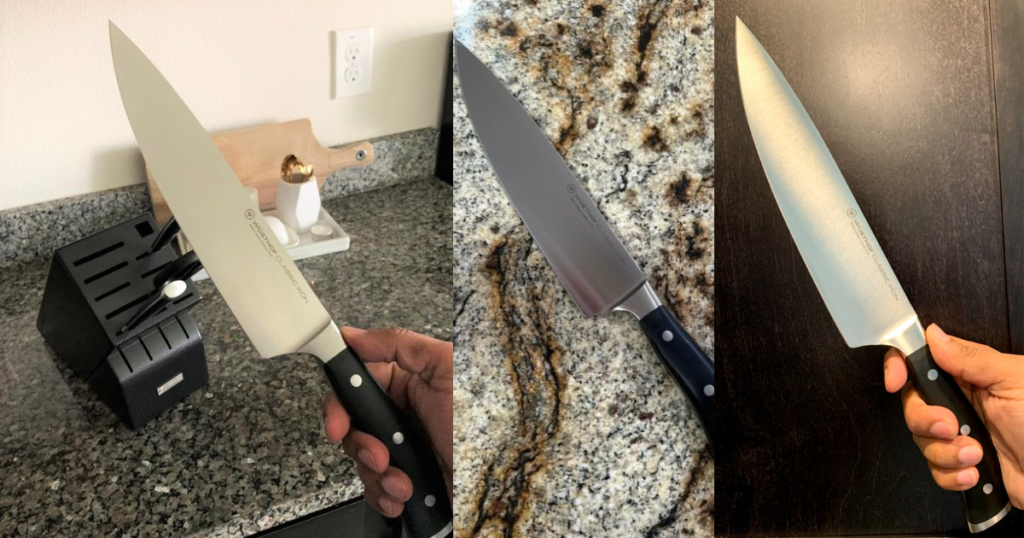
If you’re ready to invest in a high-quality kitchen knife, start with a carefully chosen set that covers most prep tasks.
Forget oversized collections … three well-selected knives will handle nearly everything you need.
Dalstrong Gladiator Series Chef’s Knife: Premium Performance on a Budget
This knife is a versatile entry into the world of premium blades.
Why it’s great:
- Versatile size: 8–10” blade handles chopping, slicing, and dicing.
- Sharp, durable steel: The Japanese AUS-10V edge retains its sharpness longer than that of standard budget knives.
- Lightweight feel: Reduces wrist fatigue for long prep sessions.
- Affordable upgrade: Ideal for home cooks looking to upgrade from basic blades.
Miyabi Birchwood SG2 Chef’s Knife: Razor-Sharp Precision
A work of art and performance combined.
Ideal for:
- Precision slicing: Japanese SG2 steel maintains a laser-sharp 15° edge.
- Visual appeal: Stunning birchwood handle and Damascus pattern make it a centerpiece.
- Advanced technique: Best for those comfortable with Japanese knife handling styles.
Wüsthof Classic Ikon 8” Chef’s Knife: Heavy-Duty Reliability
German craftsmanship is built to last.
Why chefs love it:
- Full-tang, forged construction: Strength and balance for everyday chopping.
- Ergonomic handle: Reduces hand fatigue during long kitchen sessions.
- Durable edge: Handles tough vegetables, meats, and high-volume prep.
Pro Tip:
Always pair your knives with a wooden cutting board. This protects the blade, prolongs sharpness, and prevents damage to both the knife and countertop.
Final Take: Start Smart with One Premium Knife
Don’t overwhelm yourself with dozens of blades. Begin with one high-quality knife…Dalstrong, Miyabi, or Wüsthof… and notice how it improves slicing, chopping, and prep.
Premium knives stay sharp longer, feel balanced, and make cooking safer and more enjoyable. Once you experience the difference, adding a second or third specialty knife becomes easier. Browse our detailed knife reviews to find the right fit for your kitchen style and cooking habits.
You Might Have These Questions…
Expensive knives are worth it if you cook often and value precision, comfort, and durability. They stay sharp longer, reduce fatigue, and make prep safer. For occasional use, budget knives can suffice, but upgrading improves efficiency and overall cooking experience for regular home chefs.
Yes, high-end knives often feature harder steel and finer edge angles. They cut cleaner, maintain sharpness longer, and require less frequent honing. Cheap knives may feel sharp at first, but dull quickly, causing uneven cuts and extra effort in the kitchen.
With proper care, premium knives like Dalstrong, Miyabi, or Wüsthof can last decades. Regular honing, correct storage, and avoiding hard surfaces preserve the edge. Even with heavy daily use, investing in high-quality steel ensures longevity far beyond typical budget knives.
For beginners, brands like Wüsthof, Dalstrong, and Miyabi provide durability and balance without steep learning curves. Wüsthof offers German reliability, Dalstrong combines value with performance, and Miyabi brings precision. Start with one chef’s knife to practice technique before expanding your collection.
Choose based on your cooking style. Dalstrong knives are lighter, stylish, and beginner-friendly, while Wüsthof offers heavier, classic German knives with a balanced design suited for heavy-duty prep. Both are high-quality; pick the one that feels comfortable in your hand and matches your kitchen needs.
Most home cooks only need three to five key knives: a chef’s knife, a paring knife, a serrated bread knife, and an optional utility or Santoku knife. Premium options from Dalstrong, Miyabi, or Wüsthof can efficiently meet these needs. Avoid large sets that remain unused and take up space.
